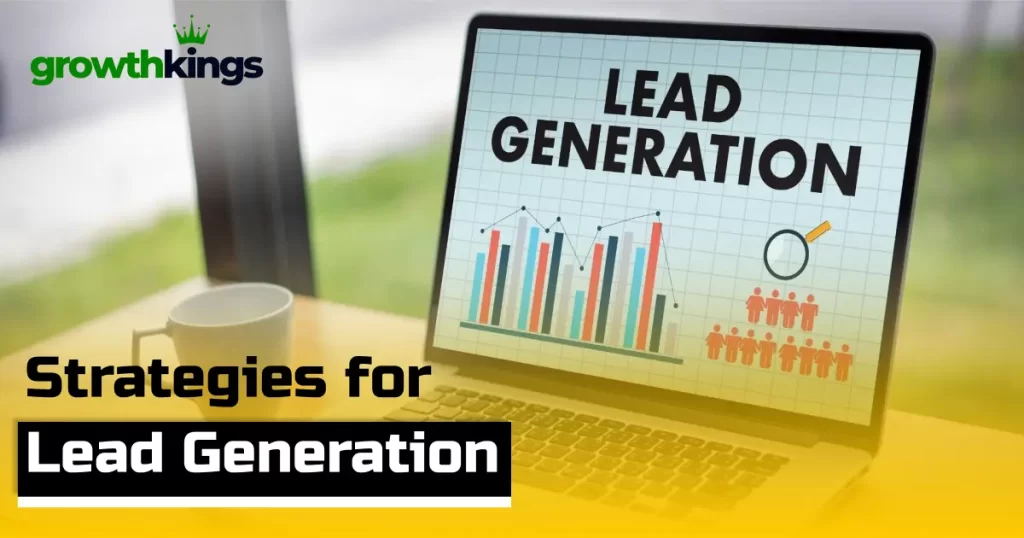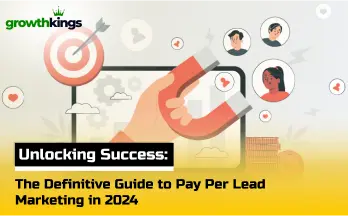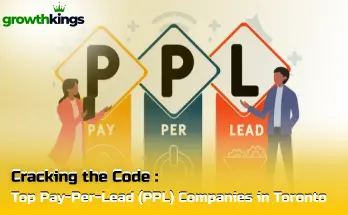Pay Per Lead (PPL) marketing is a performance-based advertising model where advertisers only pay for qualified leads generated by their marketing efforts. Unlike traditional advertising models where payment is based on clicks or impressions, PPL focuses on tangible results – actual leads that have the potential to convert into customers.
Understanding the Essence of Pay Per Lead (PPL) Marketing
At its core, Pay Per Lead (PPL) marketing is a performance-based advertising model where advertisers pay only for qualified leads generated through specified actions. Unlike traditional models where payment is based on clicks or impressions, PPL ensures that marketers pay solely for tangible results, making it an efficient and ROI-driven approach.
The Evolution of PPL Marketing
Over the years, Pay per lead marketing has undergone a remarkable evolution, adapting to the changing dynamics of consumer behavior and technological advancements. In 2024, we witness a paradigm shift towards more personalized and targeted lead generation strategies, fuelled by data analytics, AI, and machine learning algorithms.
How it differs from other marketing models
One of the primary distinctions of PPL marketing is its accountability. Advertisers pay only for leads that meet specific criteria, such as demographic information, interest level, or expressed intent to purchase. This contrasts with models like Cost Per Click (CPC) or Cost Per Mille (CPM), where payment is based on interactions with the ad rather than the quality of the leads generated.
Types of leads and their value
In the realm of Pay per lead marketing, not all leads are created equal. Understanding the different types of leads and their respective values is crucial for optimizing campaign performance. Leads can vary in terms of their level of interest, their likelihood to convert, and their alignment with the advertiser’s target audience. For example, a lead that fills out a detailed form expressing a strong interest in a product or service holds more value than a lead who simply clicks on an ad without taking further action.
Chapter 2: The PPL Ecosystem
Key players in the PPL market
The Pay per lead marketing ecosystem comprises various stakeholders, including advertisers, publishers, affiliate marketers, and lead generation agencies. Among these, PPL agencies like GrowthKings play a pivotal role in helping businesses navigate the complexities of Pay per lead marketing, optimize their campaigns, and achieve maximum ROI.
Role of agencies like GrowthKings
GrowthKings, a top pay per lead agency in Toronto, stands out for its expertise in lead generation strategies, data-driven approach, and commitment to delivering results for its clients. With a deep understanding of the local market and industry trends, GrowthKings offers tailored solutions that drive quality leads and conversions.
Pay per lead platforms and networks
In addition to agencies, Pay per lead platforms and networks provide a valuable infrastructure for connecting advertisers with publishers and affiliates. These platforms facilitate the exchange of leads, tracking of conversions, and management of campaigns, streamlining the entire process of Pay per lead marketing.
Chapter 3: Setting Up a PPL Campaign
Identifying your target audience
A successful PPL campaign begins with a clear understanding of the target audience. By defining demographics, interests, pain points, and buying behavior, advertisers can tailor their messaging and offers to resonate with their ideal customers.
Crafting your offer
The offer is the cornerstone of any PPL campaign. It must provide compelling value to incentivize prospects to take action and submit their information. Whether it’s a free trial, a discount code, or exclusive content, the offer should address the needs and desires of the target audience while aligning with the advertiser’s objectives.
Tools and technologies for campaign management
To effectively manage a PPL campaign, advertisers leverage a range of tools and technologies. From lead tracking software to CRM systems, these tools enable marketers to monitor performance, analyze data, and optimize their strategies for maximum efficiency and effectiveness.
Chapter 4: Strategies for Lead Generation

SEO and content marketing
A strong presence in search engines is essential for capturing organic leads. By creating high-quality content optimized for relevant keywords and providing valuable information to their target audience, businesses can attract qualified leads who are actively seeking solutions to their problems.
Social media marketing
Social media platforms offer unparalleled opportunities for engaging with potential customers and driving leads. Through targeted advertising, compelling content, and interactive campaigns, businesses can cultivate relationships, build brand awareness, and generate leads at scale.
Search engine marketing and PPC
Paid search advertising, such as Google Ads, allows advertisers to bid on keywords related to their products or services and display ads to users actively searching for those terms. By optimizing ad copy, targeting parameters, and landing pages, businesses can drive high-intent leads and maximize their return on investment.
Affiliate marketing
Affiliate marketing involves partnering with third-party publishers or influencers who promote products or services in exchange for a commission on sales or leads generated. This collaborative approach can expand reach, increase brand visibility, and drive qualified leads through trusted sources.
Chapter 5: Measuring PPL Success
Key performance indicators (KPIs)
To evaluate the effectiveness of a PPL campaign, advertisers track various key performance indicators (KPIs) such as cost per lead (CPL), lead conversion rate, and return on investment (ROI). These metrics provide insights into campaign performance, identify areas for improvement, and inform strategic decision-making.
Analyzing lead quality
Not all leads are created equal, and assessing lead quality is essential for optimizing campaign performance. By analyzing factors such as lead source, demographics, and engagement level, advertisers can identify high-quality leads that are more likely to convert into customers and allocate resources accordingly.
Conversion rate Optimization
Continuous optimization is critical for maximizing the conversion rate of leads generated through Pay per lead marketing. By testing different elements of the conversion process, such as landing page design, form fields, and call-to-action messaging, advertisers can identify and implement improvements that drive higher conversion rates and ultimately increase ROI.
Chapter 6: Legal and Ethical Considerations
Compliance with regulations
In the rapidly evolving landscape of digital marketing, compliance with regulations is paramount. Advertisers must adhere to laws and guidelines governing data privacy, advertising practices, and consumer protection to avoid legal repercussions and maintain trust with their audience.
Ethical lead generation practices
Ethical considerations should also guide lead generation practices. Advertisers should prioritize transparency, honesty, and respect for consumer privacy in their marketing efforts, fostering positive relationships with their audience and promoting trust in their brand.
Data privacy and protection
With growing concerns about data privacy and security, advertisers must take steps to safeguard the personal information collected through their lead generation activities. Implementing robust data protection measures, obtaining consent from individuals, and adhering to industry best practices are essential for maintaining compliance and protecting sensitive data.
Chapter 7: Case Studies
Success stories from top agencies
Case studies provide valuable insights into successful PPL campaigns and strategies implemented by top agencies like GrowthKings. By examining real-world examples of challenges faced, tactics employed, and results achieved, advertisers can gain inspiration and learn best practices for their own campaigns.
Analysis of GrowthKings, a leading PPL agency in Toronto
GrowthKings has established itself as a leader in the PPL market through its innovative approach, data-driven strategies, and commitment to client success. By analyzing the agency’s methodologies, client testimonials, and track record of results, businesses can gain confidence in partnering with GrowthKings to drive their own PPL campaigns.
Lessons learned and best practices
From these case studies, advertisers can extract valuable lessons and best practices to apply to their own PPL campaigns. Whether it’s optimizing targeting parameters, refining offer messaging, or leveraging new technologies, continuous learning and adaptation are key to staying ahead in the dynamic world of PPL marketing.
Conclusion
The future of PPL Marketing
As we look ahead to the future of PPL marketing, several trends and predictions emerge. Advances in technology, changes in consumer behavior, and evolving regulatory landscapes will shape the trajectory of the industry. Advertisers must stay agile, embrace innovation, and prioritize customer-centric strategies to thrive in this dynamic and competitive landscape.
Emerging trends and predictions for 2025 and beyond
From AI-powered lead generation tools to immersive interactive experiences, the future of PPL marketing holds exciting possibilities. As businesses adapt to changing market dynamics and consumer preferences, those who embrace innovation and embrace customer-centricity will continue to drive growth and success in the evolving landscape of PPL marketing.



